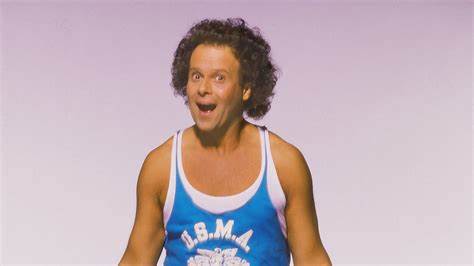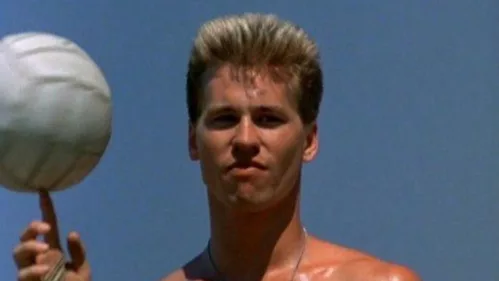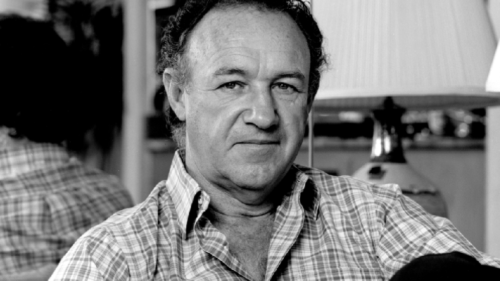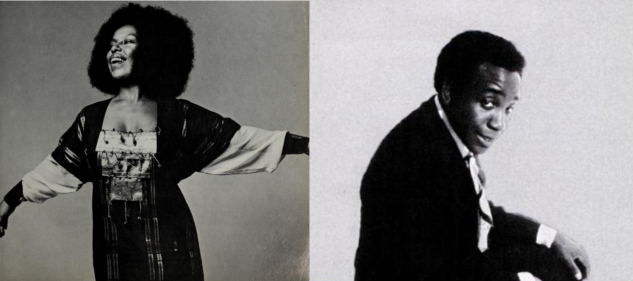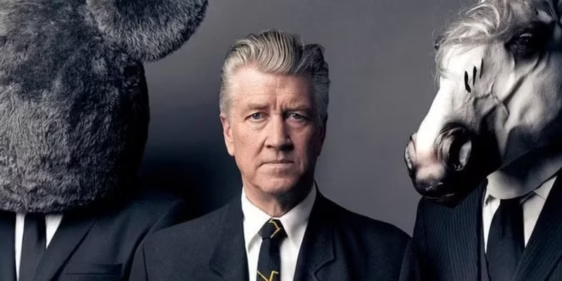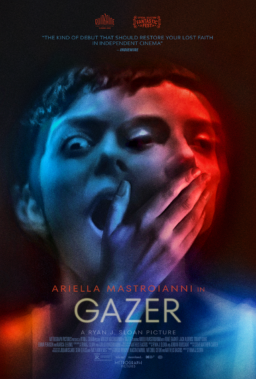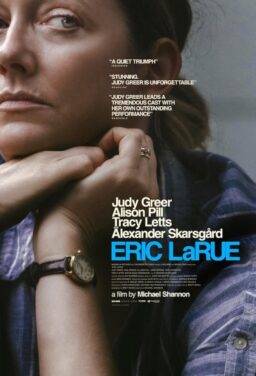I don’t remember a time in my life where I wasn’t aware of who Richard Simmons was. As a child of the ‘80s and ‘90s, the flamboyant fitness guru, who seemed to be an endless fount of energy and joy, was everywhere in the media. He was on talk shows. He was in magazines. He was in commercials. He was on game shows. He was even in an episode of “Rocko’s Modern Life.” But more than that he was a guiding light for people like my mother.
She has struggled with her relationship to food and to her body most of her life. As a kid I remember her trying every kind of fitness fad and diet, from Tae Bo to Atkins, but the one constant was the Richard Simmons “Sweatin’ To The Oldies” workout tapes. I myself have never been a big fan of working out, even as a little kid, but I always did the tapes with my mom. She even gave me the DVD set released by Time Life ages ago. I still pull them out and do them to this day.
What made them different and what caused so many people to return to them over the years was the fact that Richard Simmons made working out fun. His workouts were set to jukebox classic pop music from the 1950s and 1960s like “Jailhouse Rock” and “Dancing in the Street.” The people in his videos were his own students and they were every body type and shape. At the end of every video there would be a dance circle where each cast member got to show off their moves and how much weight they lost or if they had just started on their journey.
But even with this emphasis on weight loss at the end of each video, it never felt like weight loss in and of itself was the goal for Simmons. It was embracing fitness and finding ease with your body. There was no “feel the burn” mania. Just simple dance moves that helped you connect with your limbs while feeling the beat. He would look directly into the camera and tell you that you could do it, but if you needed to take a break there was no shame. Do what you can. Work up to it. Fitness should be fun, not a chore.
Simmons’ journey towards becoming a fitness guru was as wild and weird as the man himself. Born Milton Teagle Simmons in New Orleans, Louisiana on July 12, 1948, Simmons was raised in the French Quarter, amongst a “show business family” – his father worked as a master of ceremonies and his mother was a traveling fan dancer. Later his parents turned to business, working in thrift stores and as a cosmetics salesperson. All of this, it seems, Simmons synthesized into his own larger-than-life persona and savvy business acumen.
According to Simmons himself, he struggled with overeating as early as four years old, and by the time he was in his twenties his large frame led to background roles in Fellini’s “Satyricon” and “The Clowns,” which he filmed while he studied art in Florence. After he went on an unhealthy crash diet to lose the weight, he moved to Los Angeles in the 1970s where he opened his eccentric exercise studio and salad bar restaurant known as Anatomy Asylum and Ruffage, which focused on teaching people healthy eating and portion control and was said to be frequented by celebrities like Paul Newman, Diana Ross and Barbra Streisand.
After a series of appearances on talk shows – and even a stint as himself on “General Hospital” – Simmons began hosting a humorous half-hour exercise show called “The Richard Simmons Show,” which at its peak aired in 173 markets across the United States. The show aired from 1980 to 1984, earning several Emmys along the way. His breezy irreverence and sometimes self-deprecating humor about his own lived-in issues with food was a stark contrast to the perfectly sculpted fitness gurus that came before him. Dubbed “the clown prince of fitness,” he was approachable and therefore he made fitness approachable.
The first “Sweatin’ to the Oldies” tape dropped in 1988 and immediately became a bestseller. Over the next few decades, Simmons would release countless more tapes, wrote a dozen books, and could still be found teaching classes at his exercise studio, renamed Slimmons, almost until it closed in 2016. He also embraced the internet, usually the power of social media to continue spreading joy and compassion and helping people on their own fitness journeys.
Simmons passed away on July 13th in his home in the Hollywood Hills, apparently of natural causes. He was 76 years old.
I heard about his death from my mother, who called me as soon as she heard the news. She was overcome with grief. However, while talking to her about him, her sadness shifted to a joyful remembrance of the time we spent doing his tapes together and the confidence he had instilled over the years. By the end of our conversation, she was left with nothing but the overwhelming feeling of gratitude.
Over the decades, Simmons would reach out to fans via email, social media, and even the phone to offer words of encouragement. In fact, about 15 years ago, the night before my mother was going to participate in a three-day breast cancer walk, the phone rang and Simmons was on the line. He asked how she was doing and she told him about the upcoming walk and how she wasn’t sure she could do the whole thing. He just laughed and told her to go as far as she could and then take the support vehicle the rest of the way. You can do it, but don’t strain yourself and don’t feel ashamed if you need to take a break.
It’s this kind of deceptively simple piece of advice mixed with positive encouragement delivered with a little bit of razzle dazzle that Simmons specialized in. We all need to hear it from time to time. Simmons knew it well. Like so many of his fans, I will miss his positive energy. But, like my mother, I will always be grateful for it.

